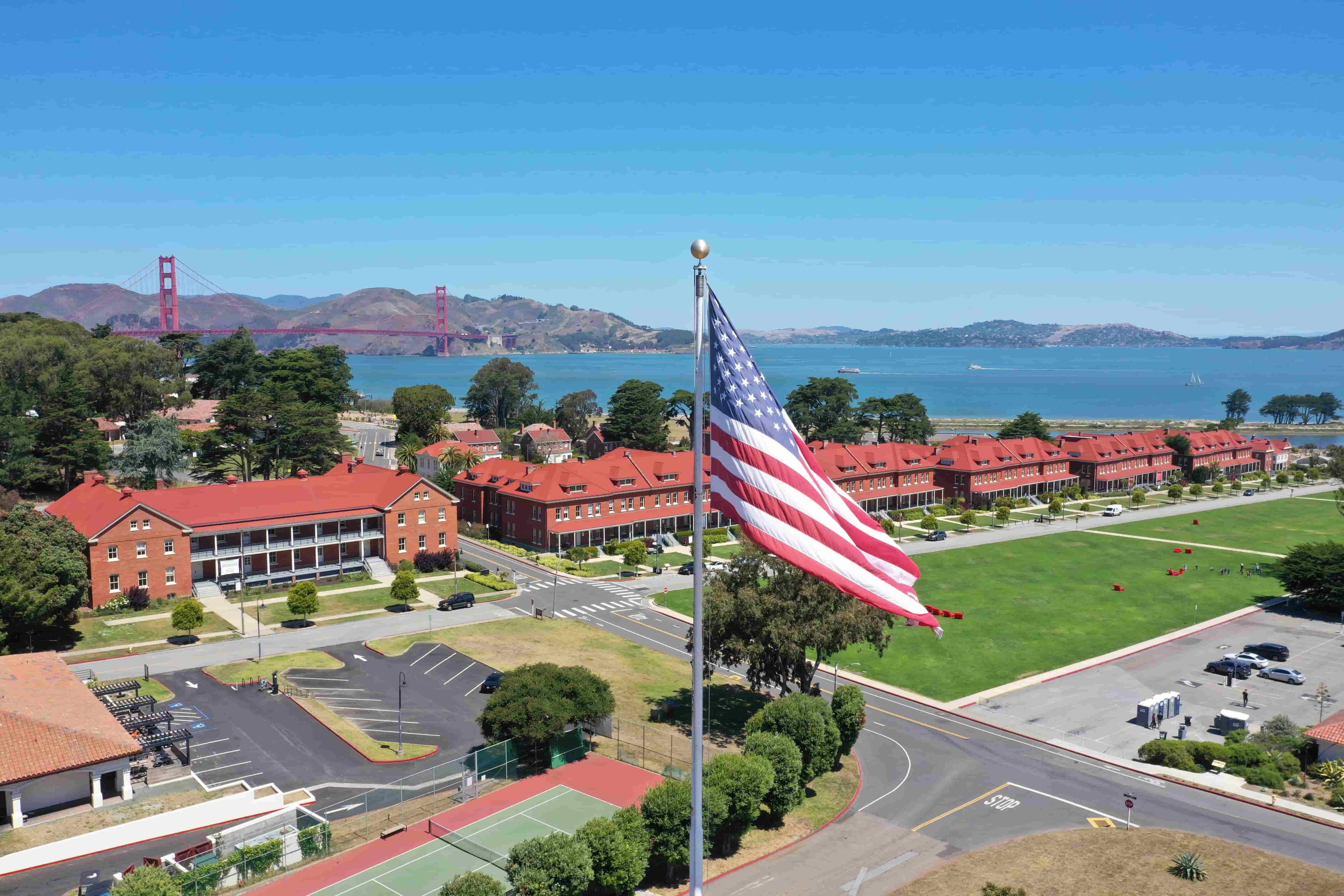Surprising Discoveries Shed New Light on Presidio's Past
Presidio of San Francisco (October 13, 2010) — Presidio Trust archaeologists working on the revitalization project at El Polin Spring have made two startling discoveries that shed new light on San Francisco’s earliest settlements. Working with teams from Sonoma State University, crews recently unearthed what they’re calling a “dairy box,” a sort of primitive refrigerator, and a kiln.
“These discoveries suggest a bigger settlement,” says Kari Jones, an archaeologist with the Trust. “It was more than just a residential settlement, there was a work area, an industrial production area as well.”
The two were discovered on opposite sides of MacArthur Avenue, in an area known for its abundance of archaeological artifacts; and where, in 2003, Stanford University researchers unearthed the foundations of an adobe residence believed to have been occupied nearly 200 years ago by the family of Juana Briones, who would become one of the area’s most prominent women of the time and a founding resident of the pueblo of Yerba Buena — the settlement that would become San Francisco. Still the latest discoveries came as a complete surprise to archaeologists.
“We knew the house was out here,” says Jones, pointing to a slightly discolored patch of grass beneath which the foundation is buried. “But this (the dairy box) was a total shock.”
Neither the dairy box nor the kiln had shown up on any of several geophysical surveys of the area. Crews were searching for a place to daylight an underground stream on the east side of the street, about a half-block north of where the house was discovered, when they made their unexpected find.
“We were basically clearing a path to confirm what the surveys told us, which was that there wouldn’t be anything there,” says Jones. “We had no idea, absolutely no idea, it was here.”
Dating to the early 1800s, the dairy box was buried less than 16 inches below the surface. Measuring eight and a half feet long by almost eight feet wide, it’s believed the box was used as a kind of refrigerator: a way to store perishables with no ice or refrigeration available. Set in the middle of the stream, the box would fill with water, keeping the milk, meat, eggs and other items inside cooler.
Plans are to ultimately reuse the dairy box in some way, incorporating it into the effort to revitalize El Polin Spring, and using it to engage the public.
“We think this is a good place to interpret cultural and natural history together,” says Jones. “We want to use the area as a sort of outdoor classroom where we can talk about family life in the Spanish colonial period. And I think it’s important to have this feature exposed as part of whatever we do out here. So often as archaeologists what we do is find something, document it, take pictures and then we bury it. Nobody actually sees it and understands exactly what we’re talking about. There’s a big difference between me telling someone about this and showing them pictures and them actually seeing it.”
The box itself was constructed of repurposed or broken ladrillos (floor tiles) and tejas (roof tiles). Conventional wisdom has held that the clay tiles were all made at Mission Dolores. But the mission was located several miles away and archaeologists have questioned whether settlers actually carted tiles, which could be quite heavy, such a great distance.
The discovery of the kiln across the street from the dairy box may lay that mystery to rest. Made of adobe bricks, the kiln would have been used to fire clay tiles, like those used in the dairy box, and perhaps pottery.
While not a complete shock, like the discovery of the dairy box, archaeologists were surprised by the find. Researchers had been digging at the site of a previous excavation when they found the kiln roughly two feet below the surface. The earlier excavation, in 2004, had found a soil type indicative of the Spanish colonial presence. Following that trail of soil led archaeologists to what is believed to be the first archaeological evidence of a Spanish colonial kiln in California.
The Presidio Trust was established by the United States Congress in 1996 to administer the Presidio of San Francisco, an urban national park that is part of the Golden Gate National Recreation Area and is located at the base of the Golden Gate Bridge. The areas overseen by the Trust include expansive open space and spectacular views, a 300-acre historic forest, and rare and endangered plants and wildlife. The National Park Service oversees the coastal areas of the Presidio. The park comprises nearly 6 million square feet of buildings, including 469 historic structures that contribute to the Presidio’s status as a National Historic Landmark District.
